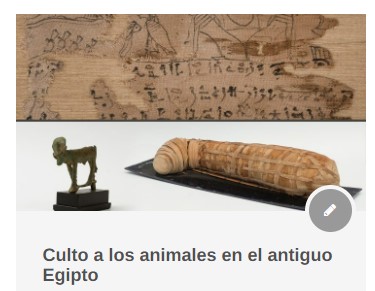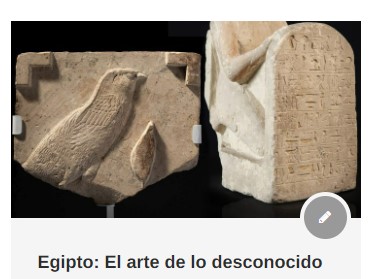Naked Venus: Eternal feminine beauty
The passions of the gods of Olympus became the mythical stories that aroused the greatest interest and empathy in the devotion of the Greek faithful. If we have to talk about the patroness of love, Aphrodite, this feeling acquired a great intensity because the Goddess embodied the values of love, beauty, eroticism and passion. The Greek people represented their pantheon in an ideal and severe way, thus symbolizing the most absolute perfection and the distance between divinity and mortality.
Located in an elevated area next to the Turkish coast, surrounded by gardens of myrtle, vines and cypresses and arranged in a circular colonnade with two entrances, the temple of Aphrodite in Cnido, allowed the faithful to contemplate the figure of the goddess in all its splendor. The sculpture of Aphrodite of Cnidus captivated everyone who saw her, her subtle nudity managed to awaken the imagination, but her realism made her a truthful woman, at the same time worldly and divine. Proof of the absolute spell cast by its beauty can be found in the numerous legends of men who lost their heads for the statue itself, or the thousands of pilgrims who for centuries came to admire it.
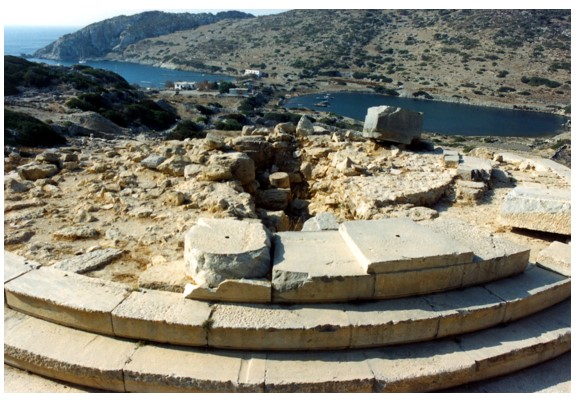
The stories surrounding the creation of the work are not far from the myth of Aphrodite herself. It is known that Phryné, lover of Praxiteles, was the model that inspired the sculpture. Contemplated by the sculptor as she emerged from the waters, Phryné’s beauty generated such an outstanding impression that Praxiteles immortalized the moment and his beloved, thus elevating them to eternity. This masterpiece would change the course of art and much of our culture, since it is the first known female nude in Greek statuary. The boldness and novelty of the sculpture was marred by controversy when it was rejected by its initial commissioner, the city of Cos.
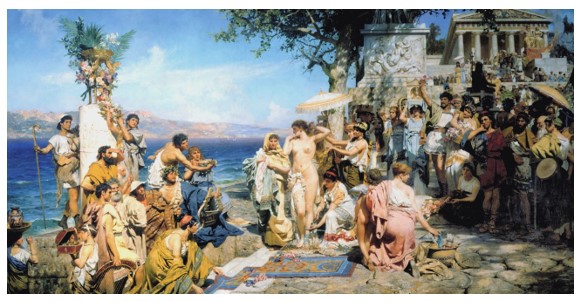
However, despite the controversy, the sculpture not only encouraged the initiation of a new theme in the history of art, but also set a canon on the ideal of beauty in the representation of the female body. The statue’s proportions and features would serve as a model for future generations by embodying the maxim of the classical ideal. This success led to the copying and imitation of the original work and from the fourth century B.C. to the present day, it has been replicated as an echo of the original sculpture, in which its main features are seen in a similar spirit.
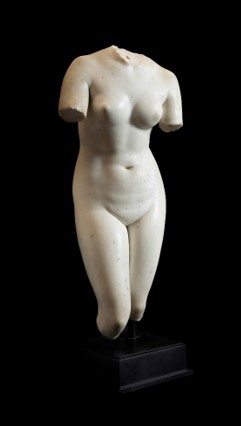
The Roman people’s fascination with Greek culture encouraged both the collecting of ancient sculptures as well as copies and even reproductions. Archaeological excavations throughout the Roman Empire have brought to light a good number of Venus pudiculae, highlighting their importance in history.
We are pleased to present a Roman version of exceptional quality. The crisp marble surface takes on the silky texture of skin. The movements skewed by the passage of time do not seem to stop. Let us imagine for a moment the realistic effect that this piece would have thanks to the naturalistic polychromy and its correct spatial location. A unique example that acts as an echo of the mythical Aphrodite of Cnidus, the beauty of the female body elevated to eternity.


